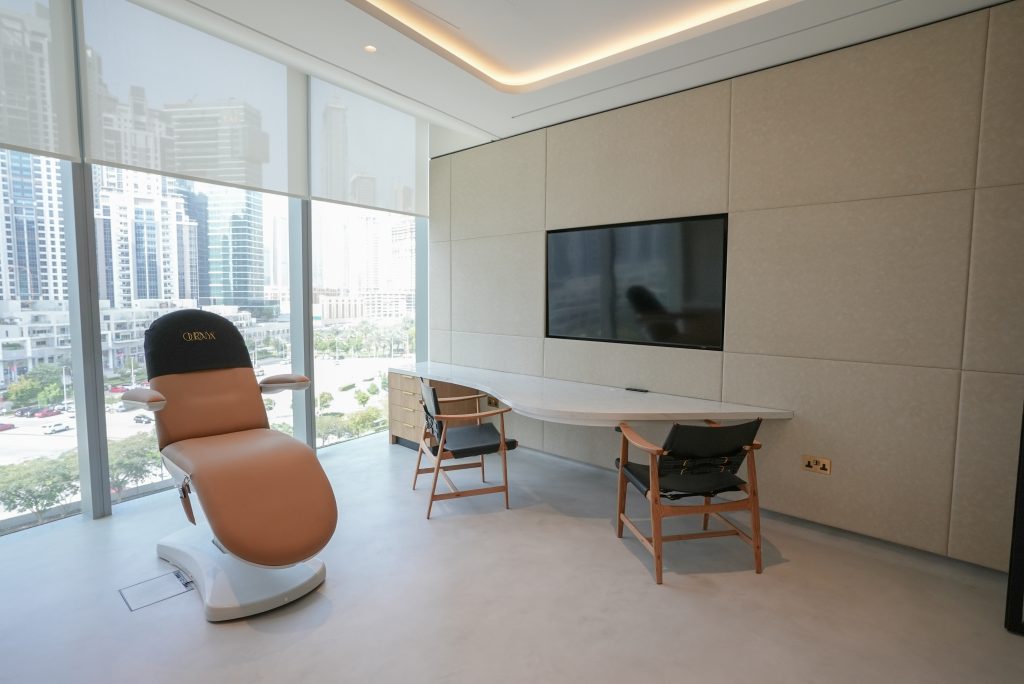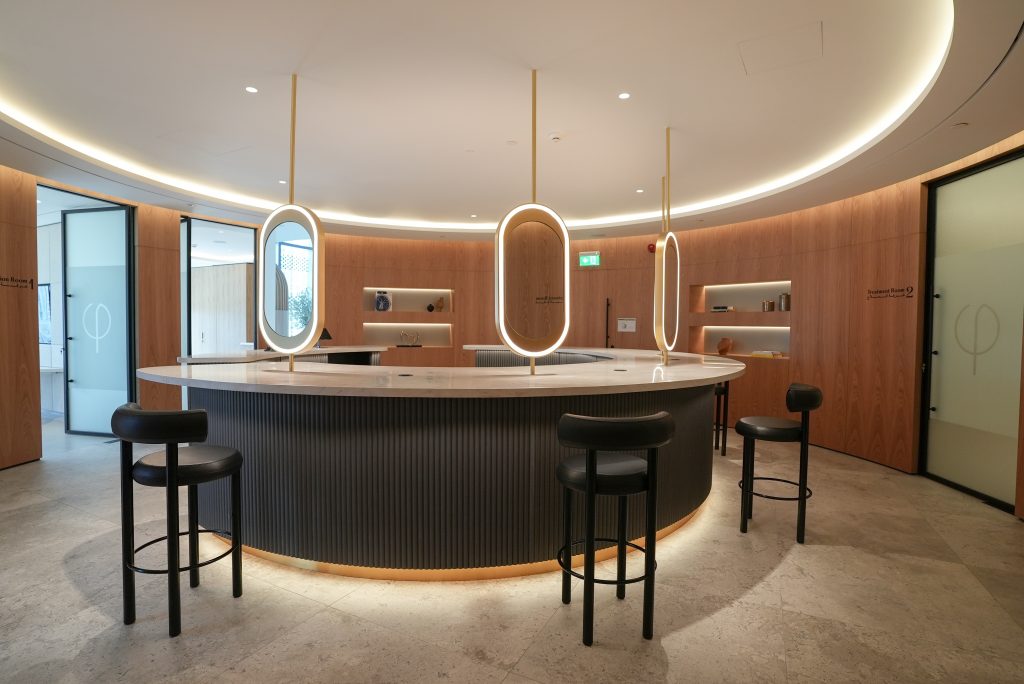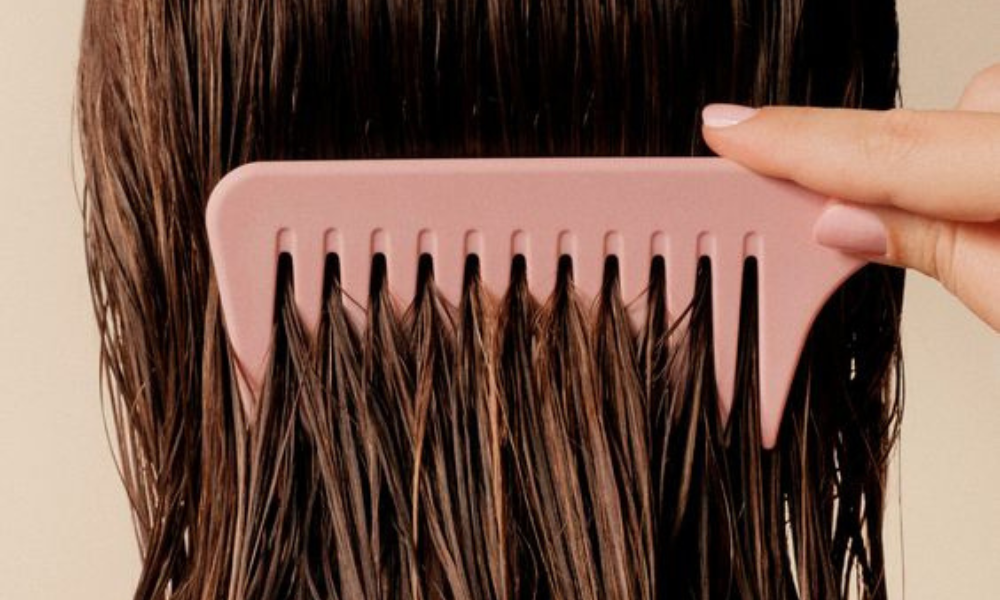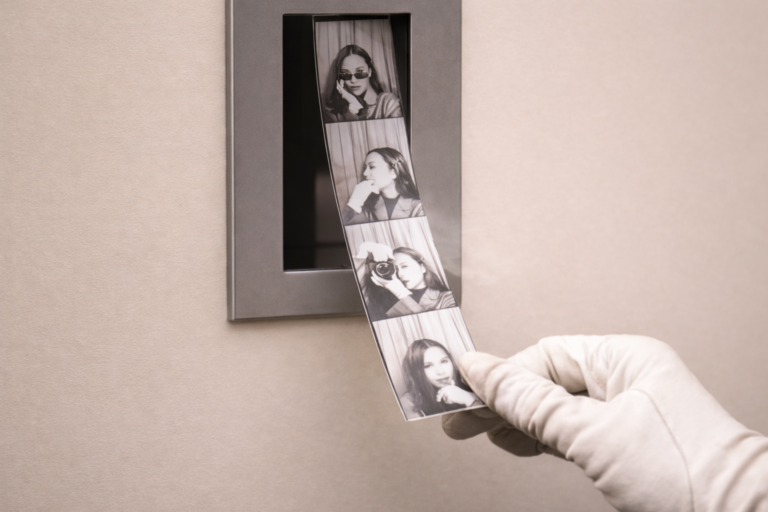Baldness can be both all-encompassing and self-defeating for many people. In recent years, minoxidil has become increasingly popular on our social networks (and probably yours, too). At a reasonable price, it promises thicker hair without causing any side effects.
When people are classified as female at birth, they are more likely to suffer from female pattern hair loss, medically referred to as androgenetic alopecia in women. Causes include genetic factors, stress, the way you wear your hair, and health conditions and treatments. Minoxidil and finasteride are the only two solutions approved by the Food and Drug Administration (FDA) for treating hair loss. Effective hair loss treatment requires expert advice to ensure you understand your type of hair loss.
With a mission to redefine the medical beauty space, Ouronyx, known to offer a range of non-surgical treatments, has introduced micrografting technology for hair regeneration at their Downtown Dubai location. Using a psychology-led consultation process and state-of-the-art machines. Dr Halah Taha explained: “The most important type of hair loss is one that very commonly women suffer from and is very hard to treat, called Endrogenic Alopecia and fortunately our Hair Regeneration Treatment can help against this.”
What is micrografting, and how is it different from PRP treatment or laser hair treatment?
AMT is a minimally invasive, non-surgical hair restoration technique in which hair follicles are harvested from the donor area and injected into the recipient area. Autologous micrografting uses the patient’s own stem and progenitor cells, which are taken from grafts and then injected into the scalp. It repairs, restores, replaces and regenerates.
In addition to AMT, other procedures may also be used. Sometimes it is necessary to perform hair transplantation first if a patient has no hair. When the new follicles have recovered from the transplant, the procedure AMT can be performed to strengthen them.
PRP consists of plasma, the liquid part of blood, and platelets, which play a role in healing throughout the body. Hair loss can be prevented, and new hair growth can be promoted with PRP injections. It is important that the donor’s (patient’s) blood is of high quality for the PRP treatments to be effective. Vitamin deficiency or low blood quality due to lifestyle, such as alcohol or certain medications, will affect the effectiveness of PRP therapy. To see results, treatment should be repeated 4-6 times and then again in 12-24 months for maintenance.
Hair lasers stimulate hair growth; they cannot be the main treatment and alone won’t have enough results. It’s one of the factors that can help, like using a good shampoo without too many chemicals, decreasing hair colouring or bleaching, etc – these are all factors that will support a healthy scalp and hair. It is something that can support hair growth, but for someone who is experiencing hair loss or hair thinning, it won’t be enough.
What should patients expect before and after treatment?
Every consultation begins with a medical history form and an understanding of each patient’s goals and fears. With the Hair Restoration Treatment, we will take thorough images of the patient’s scalp and conduct a trichoscopy exam (method of hair and scalp evaluation), which is processed by an external lab partner in Europe. This report delivers a detailed insight into the health of the scalp and the hair.
The procedure is conducted under local anaesthesia and involves taking appx 3 tiny scalp grafts from a dense area of hair growth on the scalp, often the back or sides of the head. The extracted grafts are then converted to liquid stem cells, progenitor cells and growth factors injected into the balding or thinning areas of the scalp to help slow down hair fall and stimulate existing hair follicles to grow. The injection is pain-free as it is an ‘invisible’ needle that is used.
For the first 24-36 hours, patients must avoid wetting the head/excessive sweating to help the wound from the extracted site heal. Other than this, a patient can carry on with their everyday life immediately with no downtime, and the spot from the biopsy spot will scab and heal within a week, leaving no trace. Post-treatment, the scalp is monitored by us, and vitamin booster treatments are conducted if required to support the results (we do these once a month for 3 months usually). A second trichoscopy exam follows this to track results accurately after 6 to 8 months. The first procedure takes approximately 45 minutes, and follow-ups only take 20min.

How long does the treatment last, and how often should the patient come in for check-ups?
The results of micrografting last, on average, 12 – 18 months depending more on the root cause that results in hair loss/hair thinning for the patient. We recommend patients come back for the vitamin boosters 3 times and conduct the second trichoscopy exam after about 6-8 months.
How does this treatment at Ouronyx differ from treatment at other facilities?
We ensure that we follow a strong protocol with patients to deliver the best results. Our Hair Restoration Treatment is backed by the science and technology of autologous micrografting. We have also created an extensive protocol along with the treatment to ensure we monitor the patient’s results and support them as needed so that everyone gets the best outcome. Other than ensuring the proper equipment is used from the licensed distributors and each ‘cone’ is only used for one patient, we support the client on their journey over a year with us.
The total cost for the procedure includes the multiple sessions of vitamin boosters to support with results. We also conduct the trichoscopy exam before the procedure and after 6-8 months to be able to properly track the progress and ensure the treatment is working as intended for each client. All this is conducted at our clinic, which is designed to be more of a ‘wellness centre’, large open space that many patients say makes them feel very calm after visiting. After each appointment, each of our patients is treated to a complementary post-procedure. Our make-up artist will apply skincare products (like moisturizer or SPF) or even make-up so that you can face the world confidently when you leave.

Can pregnant women undergo the treatment?
The treatment is completely natural as it is using autologous cells – the patient is both the donor and recipient. However, with pregnancy, the pregnant woman should consult with her obstetrician to ensure no underlying concerns.
Who are the best candidates for it?
Several factors, including genetic factors and hormonal changes, can cause hair loss in men and women of all ages. Alopecia androgenetica is the most common cause. Both men and women can suffer from androgenic alopecia, also known as male pattern baldness or female pattern baldness. Genes and hormonal imbalances, especially an overproduction of testosterone, contribute to this condition. The hairline recedes and the crown thins. In women, the hairline remains normal despite a general thinning. The condition can begin in the teens, but most men notice it in their late twenties to early thirties. For most people, the earlier it starts, the faster it progresses. Most women develop female pattern hair loss during menopause, but it can also be caused by other hormonal changes.
ALSO READ: OUR MINDS (AND NOSE) ARE BLOWN AWAY BY THESE 5 HOT PERFUMES.




